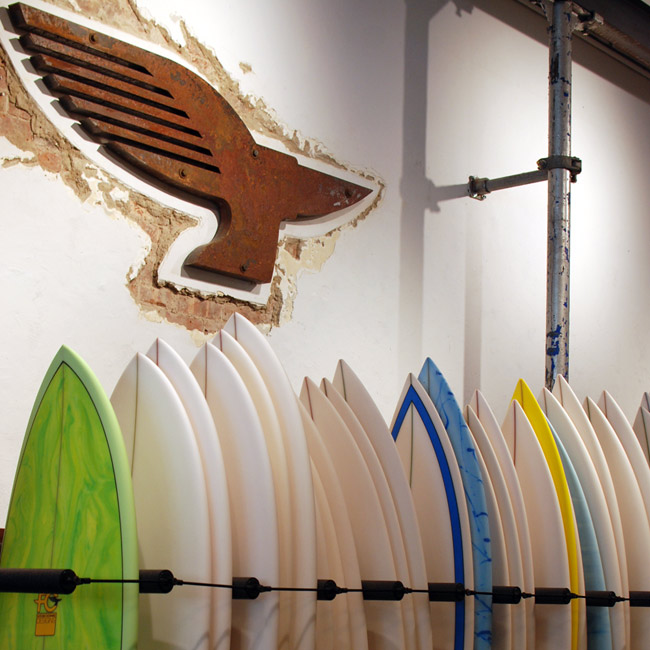Patagonia R1
Warm water wetsuits built with an innovative recycled polyester fabric

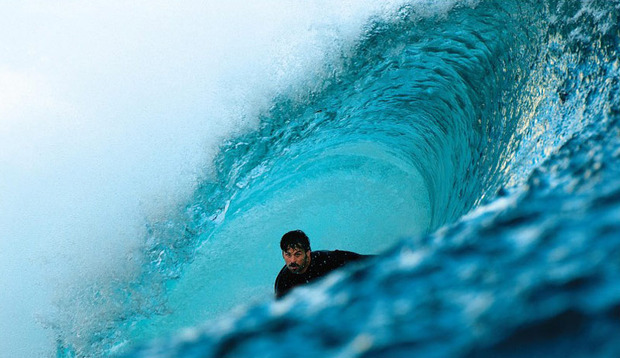
Having mastered innovative wool-lined wetsuits designed for near-Arctic conditions, Patagonia unleashed their research and development team and returned to their Southern California roots with the recent release of the R1 warm water wetsuit. By taking everything they knew about building suits for cold water and applying it to warm water, Patagonia was able to swap the merino wool for a specially developed recycled polyester blend to create a wetsuit unlike any other currently existing on the market.
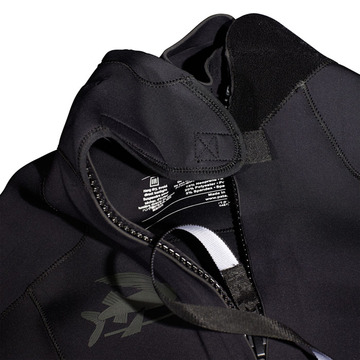
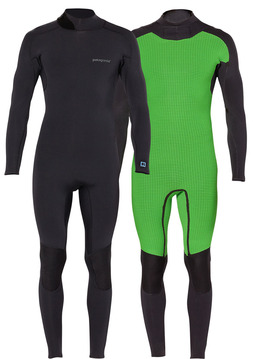
Designed specifically for surfing non-frigid spots like those in California, Hawaii and Australia, the R1 is a thinner, less restrictive and less insulating alternative to its wool-lined big brothers. While the insulation has been cut down, the material construction itself is still top notch. Patagonia enlisted a renowned—and rather secretive—Japanese mill to produce the unique grid pattern using a circular knit machine only found on the island nation. “If you were to take our R1 wetsuits and flip them inside out and compare them to our wool-lined suits, you will notice that we have not taken away any attention to detail in terms of construction, seam-taping, gluing, bonding, and stitching,” said Patagonia wetsuit developer Billy Smith.
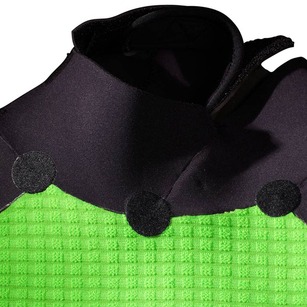
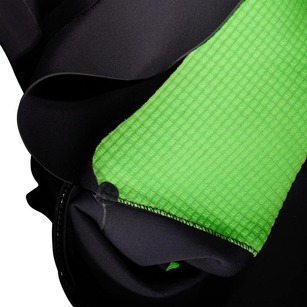
After researching bamboo as a possible fabric option, Patagonia found the production process to be too wasteful, as nearly half of the heavy solvents used often end up as environmental waste. So they chose to develop the recycled polyester, a clean, low-energy intensive fabric previously unused in apparel. This recycled polyester makes up 100% of the R1’s exterior while the grid-lined interior is made up of 50% recycled polyester mixed with virgin polyester and spandex.
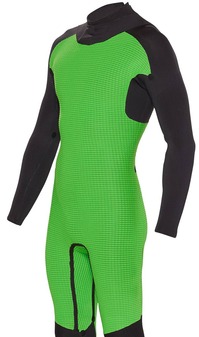
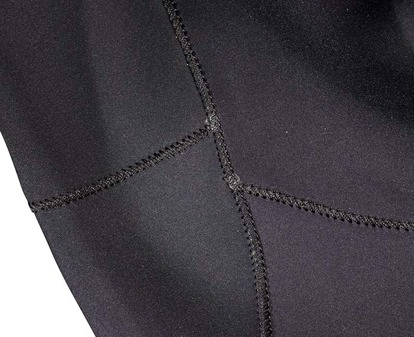
To aid in the development process Patagonia builds all prototypes on site, from patterning to construction. “Being a quarter-mile from the beach and surrounded by some of the world’s best point breaks and beach breaks has helped tremendously in the hands-on R&D process. As a team, we are able to build prototypes, surf, make adjustments, and do it all over again the next day,” says Smith.
The always forward-thinking Patagonia sees the use of recycled polyester as an advance in wetsuit design and Smith indicates that the development team has been experimenting with several different knit constructions and blending techniques for potential use down the road. That said we’re already looking forward to what Patagonia has in store for 2013.
For more information on the R1 check out this comprehensive video or head to Patagonia online and check out their full range of warm and cold water wetsuits.

